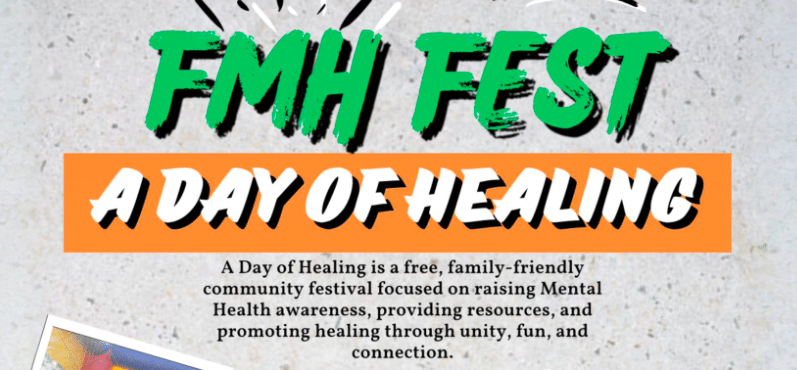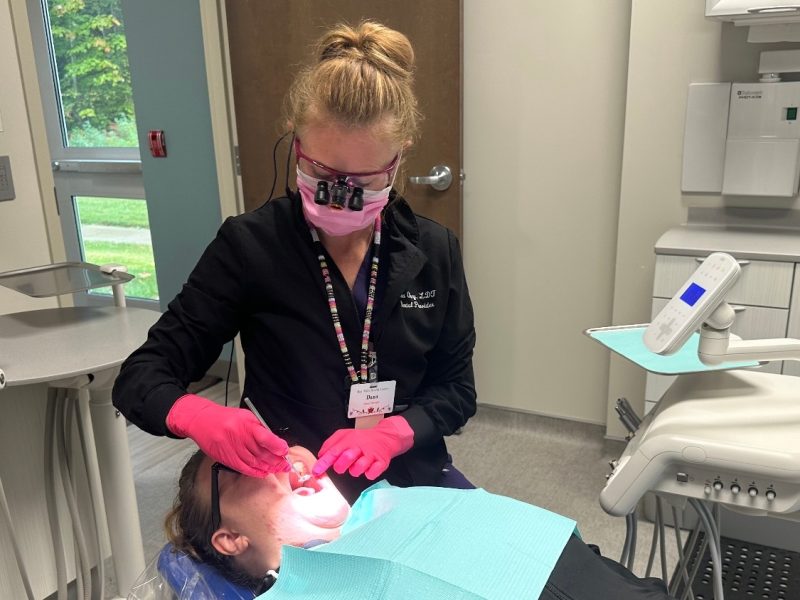Michigan’s community mental health agencies work hard to prevent youth suicide
Michigan’s community mental health agencies (CMHs) and organizations across the state understand that asking questions and having conversations about mental health and suicide is a very significant step in prevention.

Michigan’s CMHs understand that asking questions and having conversations about mental health and suicide is a very significant step in prevention.
From 2013 to 2017, suicide was the second leading cause of death for youth and young adults aged 10–24 years in Michigan. Suicide rates were highest among white and American Indian youth and young adults. While rates have tapered off somewhat, the numbers remain alarming. So, it’s no surprise to see that Washtenaw County Community Mental Health (Washtenaw County CMH), and Northern Lakes Community Mental Health Authority (Northern Lakes CMHA) are on the move to combat this issue.
Michigan’s community mental health agencies (CMHs) and organizations across the state understand that asking questions and having conversations about mental health and suicide is a very significant step in prevention.
“We must have these conversations with our children because these thoughts that they are having and feelings that they are feeling are real,” says Stacey Doyle, clinical social worker and interagency coordinator for Washtenaw Intermediate School District (WISD). “We can’t minimize what we believe they are going through and make assumptions.”
Doyle works closely with Washtenaw County CMH to coordinate services for students most at risk and in need of mental health support and services. This partnership became possible due to funding from the State of Michigan and from Washtenaw County’s Public Safety and Mental Health Preservation Millage. This has given youth increased access to mental health services in schools. Programs promote awareness and educate youth and adults about suicide and mental health.
“ISDs are now able to implement clinicians inside school buildings,” Doyle says. “We utilize the community mental health’s crisis service team, which is available 24/7, and there are peer-to-peer programs and anti-stigma campaigns that bring more awareness and open communication about mental health.”
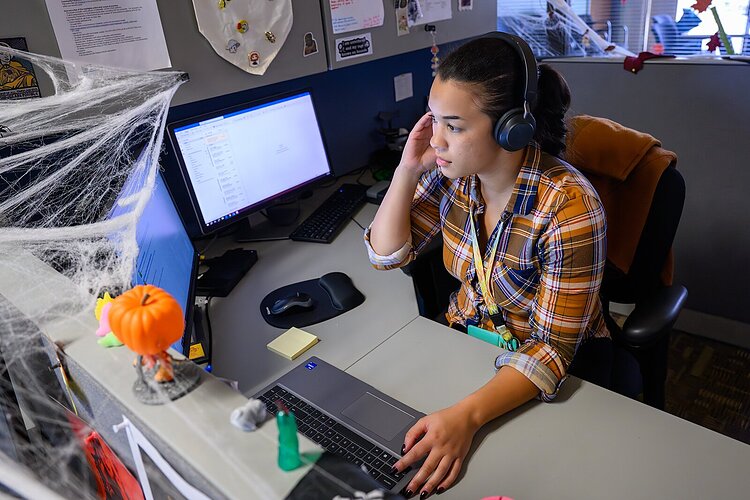
One prominent example is the #wishyouknew mental health campaign, which WISD partners with. Started in 2019, this campaign uses portraits of a variety of people accompanied by different phrases on billboards, posters, and social media to spark conversations about mental health. It creates a safe space where youth and adults can talk about the difficult truths that come with mental health and how it is affecting people. It also provides a list of local mental health resources. This campaign confronts the stigma that youth are just “going through a phase or are anti-social or lazy.” They might actually be having problems with their mental health or having suicidal ideations.

“This campaign brings in the awareness that we lack when it comes to our youth’s mental health and suicide. Maybe these kids wish their friends or family knew they were having a hard time, or hurting,” says Doyle. “I cannot stress enough how important it is to have these conversations.”
Another millage-funded program that Washtenaw County CMH utilizes is the CARES team. This team consists of mental health professionals, peer support specialists, nurses, case managers, and psychiatrists. Any Washtenaw resident in need, regardless of insurance status, can call the CARES team 24/7 at 734-544-3050.
“This team works with community members and children. One aspect I believe is very important is peer-to-peer support,” says Doyle. “I feel there’s a lot of evidence that supports the importance of peer-to-peer relationships … just being boots on the ground more has been the most beneficial thing.”

Northern Michigan: DBT and peer support help prevent suicides
Northern Lakes CMHA serves residents of Crawford, Grand Traverse, Leelanau, Missaukee, Roscommon, and Wexford counties. One way its staff helps clients have a less chaotic and more satisfying life is through Dialectical Behavioral Therapy (DBT), which can teach children, youth, and adults how to tolerate stress, regulate emotions, and improve communications with others.
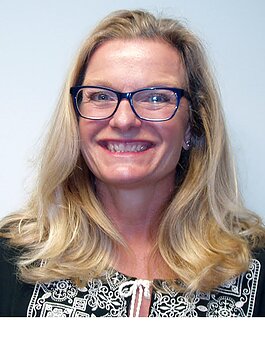
“All of our offices offer DBT. Suicidal ideation attempts and self-harming are direct targets of that modality of treatment,” says Erika Solomonson, child and family operations manager for Northern Lakes CMHA. “It was initially developed for adults but in the last few years it’s been modified. We’re trained by the state, and it’s a pretty intensive model that involves a group modality, an individual modality, and 24/7 coaching calls.”
In addition, Northern Lakes CMHA’s peer support services pair clients with trained peers who have experienced similar mental health issues.
“Our peer support services are coming more into the spotlight,” says Emily Friske, community coordinator for Northern Lakes CMH. “Our parent support partner has been amazing. She meets with parents and helps advocate as a mentor. She’s also a secondary member on a lot of FAST [Family Assessment and Safety Team] calls so she can help support the parents while the clinician is sorting out the difficulties and struggles with the adolescent.”

Friske also sits on the on the Crawford Roscommon Suicide Prevention Coalition, which promotes mental health and suicide prevention awareness through community events.
“We created a list of all of the trainers within those counties that can provide suicide awareness training,” says Friske. “There’s all different kinds of training available, and people don’t necessarily know that those are out there.”
During September, Suicide Prevention Awareness Month, the coalition completed a suicide prevention walk in Roscommon County to inspire and raise awareness of how to prevent suicide and be of support to others who are going through a mental struggle or a journey of healing.
Northern Lakes CMHA is also conducting a community survey on suicide prevention and awareness through the Northwest Michigan Community Health Innovation Region (CHIR).
“This is something we’re really trying to promote,” says Friske.
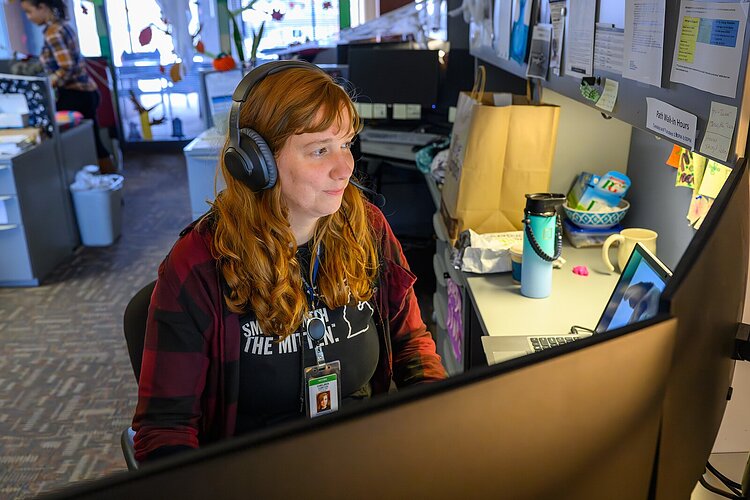
AFSP propels suicide prevention efforts statewide
The American Foundation of Suicide Prevention (AFSP) leads suicide prevention efforts across the United States. In Michigan this year, AFSP has sponsored 16 Out of the Darkness Walks, awarded 34 new research grants, and delivered more than 50 education programs. Northern Lakes CMH free suicide prevention program is one of the many programs that Michigan agencies, schools, and organizations do in collaboration with AFSP.
During May 2023, mental health awareness month, the AFSP Michigan chapter launched an initiative called a Program a Day in May. This initiative included its Talk Saves Lives, It’s Real, and More than Sad programs to help youth from kindergarten through high school as well as college students. The programs educate students, parents, and educators on warning signs — and share how to help or get help if those signs are present.
“Talk Saves Lives is our standard, most requested program. It talks about what suicide is, the complex causes of suicide, and how to have this conversation with people in your life — to ask whether they are struggling and how to connect them to help,” says Reid Depowski-Knowles, the President of Michigan Board for the American Foundation for Suicide Prevention.

It’s Real focuses primarily on college students and gets candid about college life and mental health.
“I think this is the most impactful program for our youth,” says Tay Ford, AFSP volunteer and board member and Metro Detroit Out of the Darkness Walk chair. “That peer-to-peer support helps students to have this conversation because a lot of students don’t know who to trust with these feelings and they feel more inclined to share when they meet someone who can relate to them.”
Out of the Darkness walks held across in September and October connect people that have any sort of experience with suicide to fundraise for more resources and programs.
“It’s always so powerful to see people walk … because it shows people that they are not alone, that there is hope, and that they can talk to someone,” says Ford. “We should be careful with our words. When someone is lost to suicide, refrain from saying ‘commit suicide.’ It’s not a crime. It’s a choice. If [suicide is] attempted, don’t say it was an ‘unsuccessful’ or ‘failed attempt.’ We should be empowering with our words not adding to the stigma.”
Monique Bedford is an aspiring journalist, currently freelancing for Issue Media Group publications. She graduated from Oakland University in fall of 2022 with a bachelor’s degree in journalism and a minor in Spanish. Monique has experience in solutions journalism, media design, and hosting a radio show. When she’s not writing, you can always find her studying different cultures and languages, reading her favorite newspaper, The New York Times, and spending quality time with her friends and family.
Photos by Doug Coombe.
Photos of Emily Friske and Erika Solomonson courtesy Northern Lakes CMHA.
The MI Mental Health series highlights the opportunities that Michigan’s children, teens, and adults of all ages have to find the mental health help they need, when and where they need it. It is made possible with funding from the Community Mental Health Association of Michigan, Center for Health and Research Transformation, Genesee Health System, Mental Health Foundation of West Michigan, North Country CMH, Northern Lakes CMH Authority, OnPoint, Sanilac County CMH, St. Clair County CMH, Summit Pointe, and Washtenaw County CMH.


